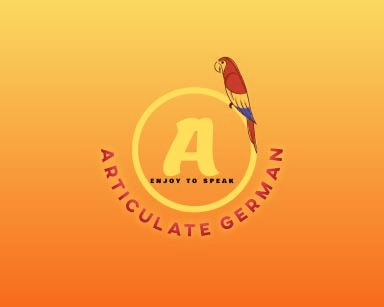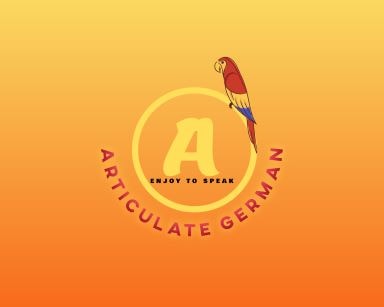
Facts That Make The German Language Special
Around the world over 155 million people speak German. For around 76 million of them, German is their native language. (Statista Research Department). As a matter of fact, in the European Union, German is the most commonly spoken language. Let’s take a look at some specialties of the German language that make it stand out from the crowd.
The Three German Articles
The German language has three articles: “der, die, das”. The genders of these articles are masculine: der, feminine: die and neutrum: das. For example: der Kuchen (cake), die Torte (creamy cake), das Eis (ice cream). There are also some grammar rules to consider when it comes to articles, and it is not always clear what word has which gender. This makes it essential to learn every noun together with its article.
Knowing the article of a noun is required, as words change in different grammatical cases, depending on the many genders the noun has. So, as every noun has its article depending on what grammatical gender it belongs to, nouns also always begin with a capital letter.
Long Word Constructions
Another specialty of the German language is to put words together and make one word of it. There are endless examples of this and it can be compared to setting a puzzle together. Some famous examples are: Handschuh Hand + Schuh (hand + shoe = glove), Schildkröte = Schild + Kröte (Shield + toad = turtle), Staubsauger Staub + Sauger (dust + sucker = vacuum cleaner). While these are just a few literal examples, the list of put together nouns is seemingly endless. Often, just two words are put together to build a new word, but it is also possible to create long words out of three, four or even more words combined.
Just for an extreme example of putting words together, we find the word „Rindfeischetikettierungsüberwachungsaufgabenübertragungsgesetz,“ which is a word that was actually used in German law (Beef labeling monitoring task transfer law) that has 63 letters and 7 words put together. This is a fun example of one of the longest real words to be found in the German language.
Many Words And Special Letters
As it is possible to put many nouns together, it is hard to count all the varieties of words that exist in German. In 2017 the editors of the “Duden” (the German spelling book standard) counted almost 23 million German words. While this is a huge number, the actual Duden has 145,000 words and an average speaker only uses 12,000 – 16,000 words.
While the German alphabet is a variant of the Latin alphabet with 26 letters from a-z, it has some special letters to consider. In addition to the vocals (a,e,i,o,u) it uses three “Umlaute” which are ä (ae) ö (oe) and ü (ue). Also, the letter ß is used – a worldwide unique letter that stands for a sharp s sound. ß - called “Eszett” or “scharfes S” (sharp s) is used instead of double “s” in the case the s sound is pronounced with a long-spoken vocal before, like for example, in the word Straße (street).
These are just a few remarkable specialties of the German language. While learning German you will get many more insights of how unique and logical the structure of this language is.
Interested in mastering German faster and becoming more fluent with less headaches?
Book a lesson with me today here!
